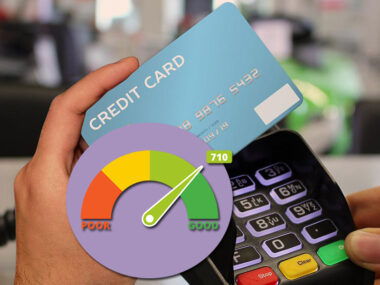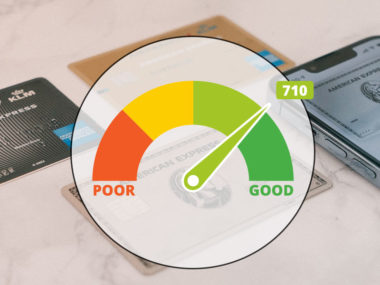Your credit score is important for everything from applying for a credit card to trying to rent an apartment, or getting a loan, borrowing to finance a car, or applying for a mortgage for a home. How did a number representing your ability to pay back a loan become so important? How did it start? Let’s look at the history of credit scores, FICO, why financial institutions rely on it so much, and how credit scores work in other countries.
Table of Contents
The Early Days of Credit Reporting
Modern credit reporting can trace its roots back to the 1820s, when bankruptcy laws were changed to make loans riskier. Experiments on loans for businesspeople, or commercial credit, led to experiments to qualify whether someone was worthy of a loan. In 1841, Lewis Tappan’s Mercantile Agency, having suffered in the panic of 1837 caused by merchants’ overextension of credit, decided to create an actual system collecting information on debtors.
The system was largely subjective, in part based on rumors and information from neighbors. The info was collected largely by white, male reporters across the country, collated in ledgers in New York City. Reports were biased by the reporters, but still provided the basis for the modern credit system.
FICO and Centralized Credit Scoring
A mostly decentralized system of determining credit was the norm until the early 1900s, when larger agencies began forming. In 1912, a national association of credit agencies was created, largely using credit techniques from Dun & Bradstreet. Robert Dun merged R.G. Dun & Company — what Tappan’s Mercantile Agency had evolved to — with the John M. Bradstreet Company. Still, there was no standardized metric. Even into the 1960s, according to PBS, credit reporting agencies “reported only negative financial information as well as ‘lifestyle’ information culled from newspapers and other sources — information such as sexual orientation, drinking habits, and cleanliness.”
But the winds of change were blowing. In 1956, engineer Bill Fair teamed with mathematician Earl Isaac to form Fair, Isaac, and Company, now known as FICO, “on the principle that data, used intelligently, can improve business decisions.”
The Fair Credit Reporting Act
In October 1970, as the result of a Congressional inquiry into how credit reports were used to deny services and opportunities, with applicants not granted access to the reports, the Fair Credit Reporting Act was passed, granting consumers a higher level of protection. The FCRA gave consumers the right to view their credit reports, dispute and correct inaccuracies, and led to CRAs collecting both positive and negative financial information. They were also obligated to purge all data on race, sexuality and disability, and delete negative information after set periods of time. While it wouldn’t be until 2001 that consumers had direct access to their scores, it was a start.
Credit Reporting Bureaus and Modern Credit Reporting
FICO made their move in 1989, introducing the industry-standard credit score. While they had been selling credit score algorithms since their founding, this was the first industry-wide score to be recognized by the “Big Three” bureaus: Experian, Equifax, and TransUnion. In 2006, VantageScore appeared, and while not as widely used as the various FICO models, it gained popularity as an alternative.
With a standardized way to determine how well and if a consumer could pay a loan back, banks and other lenders had a metric to determine if they should approve loans, credit cards, and more.
Other Countries’ Credit Systems
Other countries have slightly different methods for determining credit, derived in part from their own unique histories. Some, like the UK, are fairly close to the US, with Experian and Equifax operating as two of the three CRAs across the pond. However, they add your electoral roll at your current address, and whether you are behind on payments and have moved, failing to tell the lender your address.
Australia, much like early reporting in the US, only shows negative information on consumer credit reports. France, Portugal, Spain, and the Nordic countries are similar, but changing slowly.
If your late payment was less than 2000 Euros and paid within six weeks, Germany’s CRAs are happy to delete the late payment from their files. The comprehensive information primarily come from banks, with one major reporting agency, SCHUFA.
In Canada, scores range from 300 to 900, but you are also assigned a crediting rating of 1 to 9, with 1 being paying with 30 days, and 9 meaning you never pay your bills. It is also qualified with an I, O, or R — installment, open, or revolving credit. TransUnion Canada and Equifax Canada are the major CRAs.
While East Asian countries and South America have robust, comprehensive systems, other countries like China and Japan barely use credit. The United Arab Emirates doesn’t use credit at all, as there are religious restrictions on lending.
For the most part, credit reporting is how many countries determine whether someone is a good candidate for a loan, be it for a car, house, a credit card, or cash. With a history of dubious information collecting, it’s easy to see why a standardized, open system was adopted.
Want to learn more about credit scores? Visit the Fiscal Tiger credit score resource center for more articles and guides.
Image Source: https://depositphotos.com/





